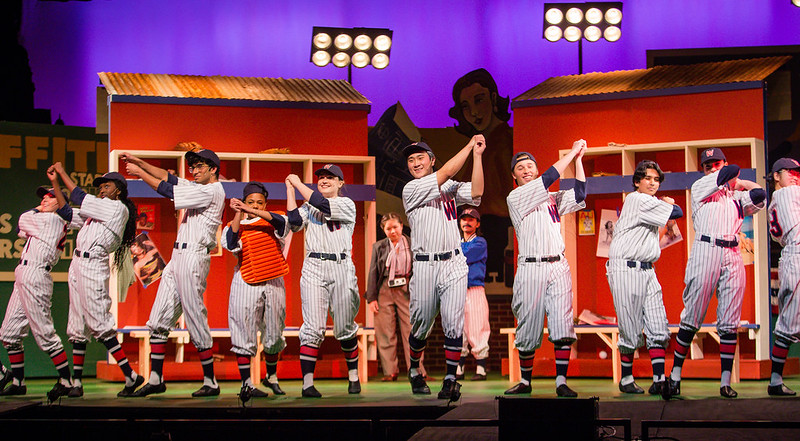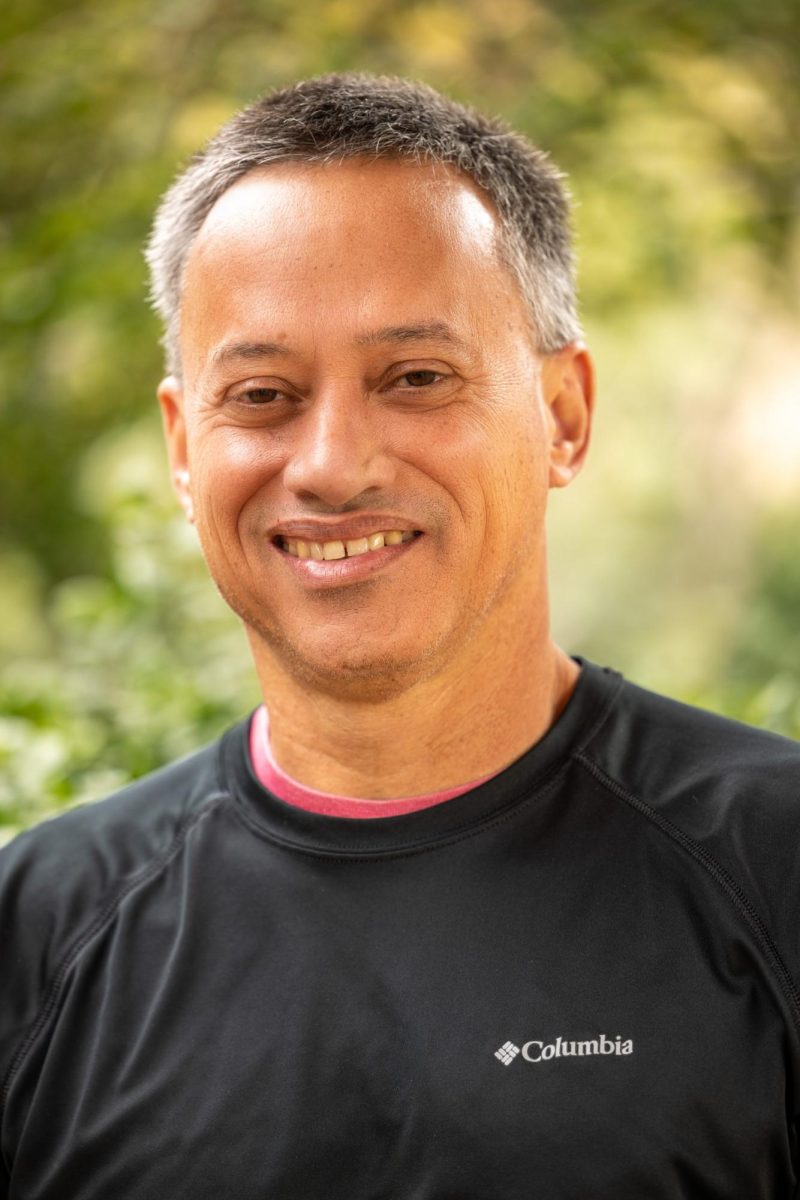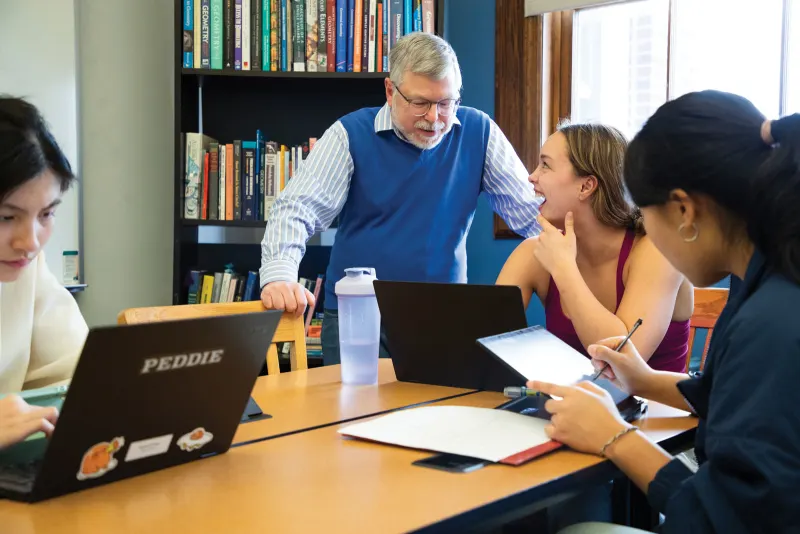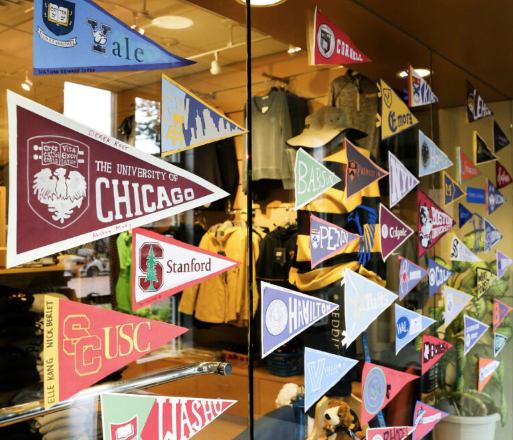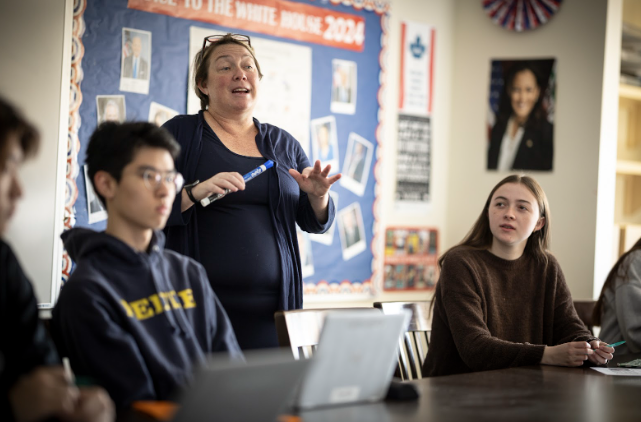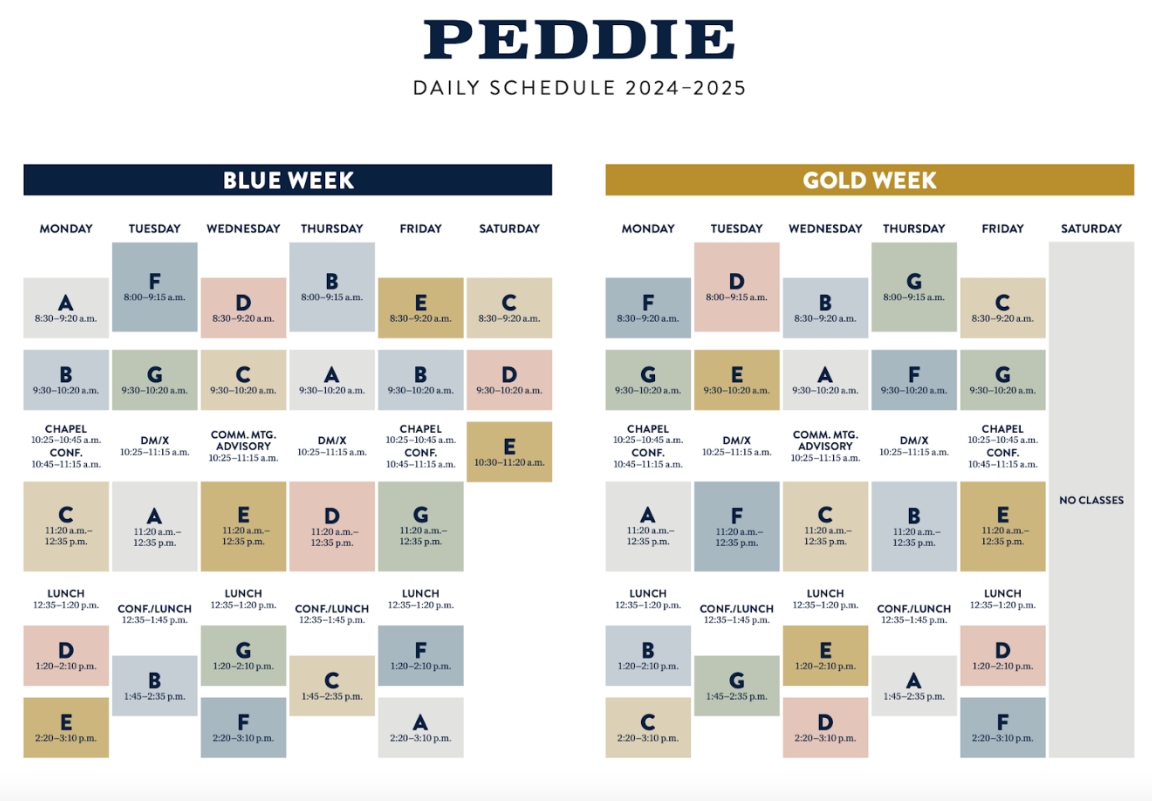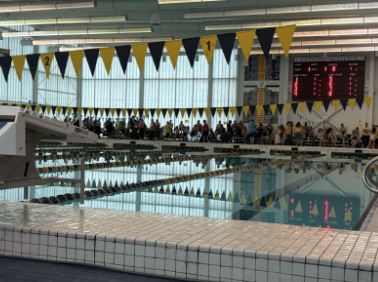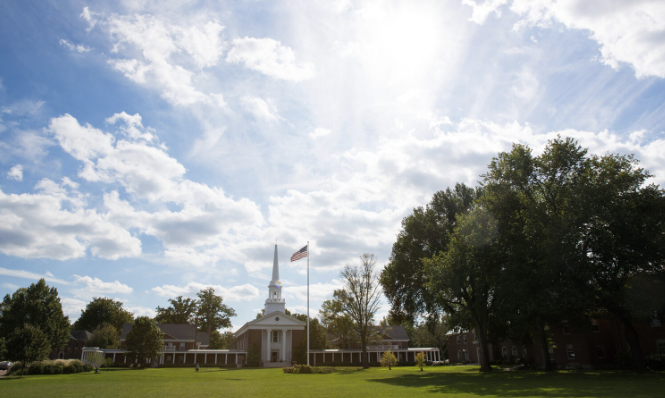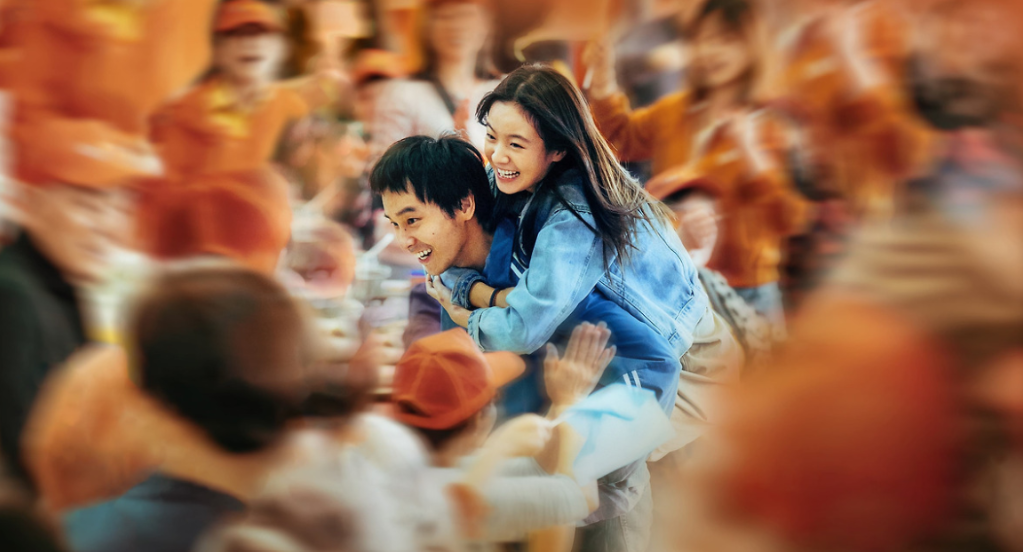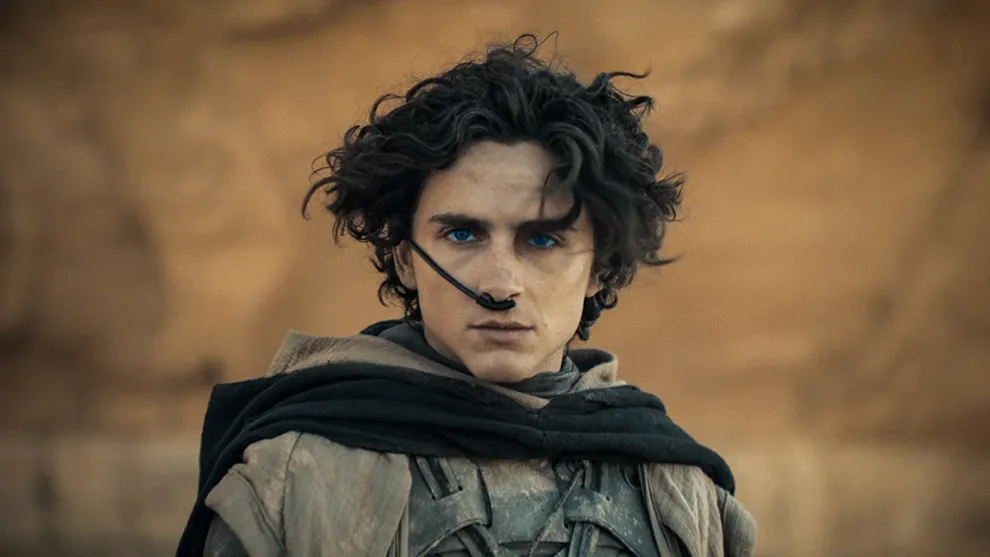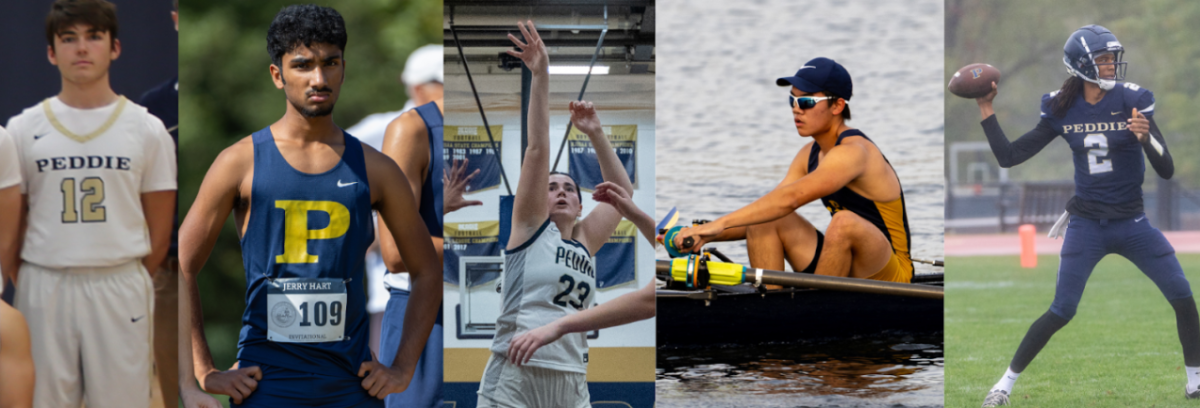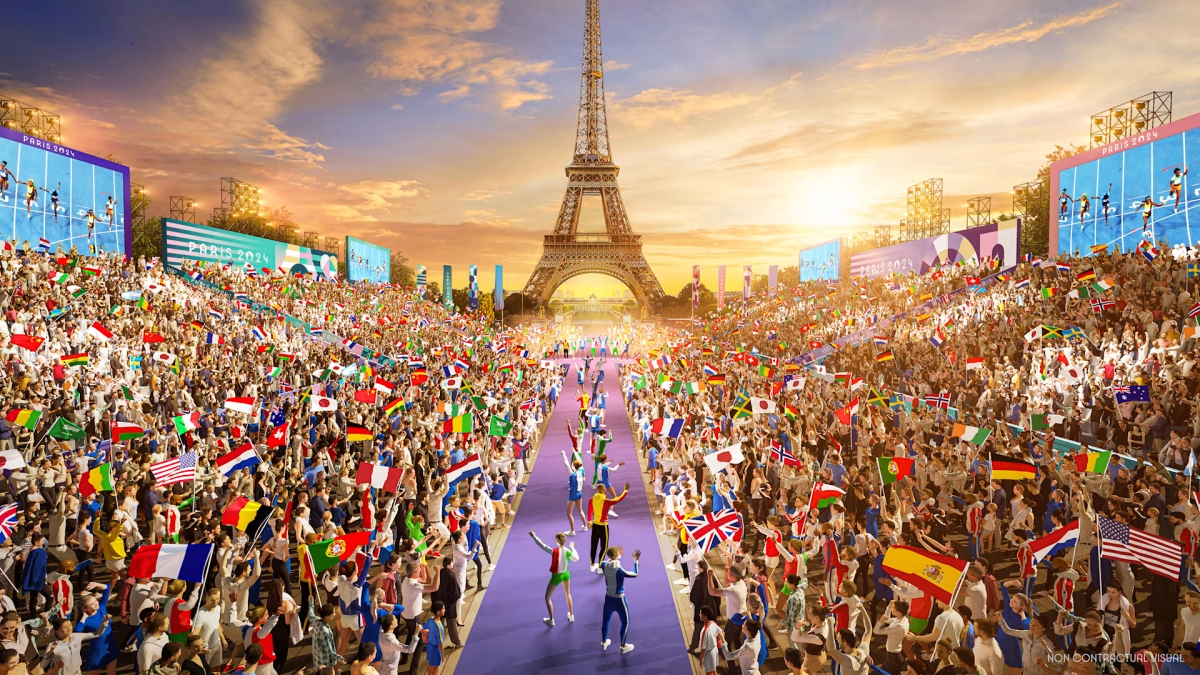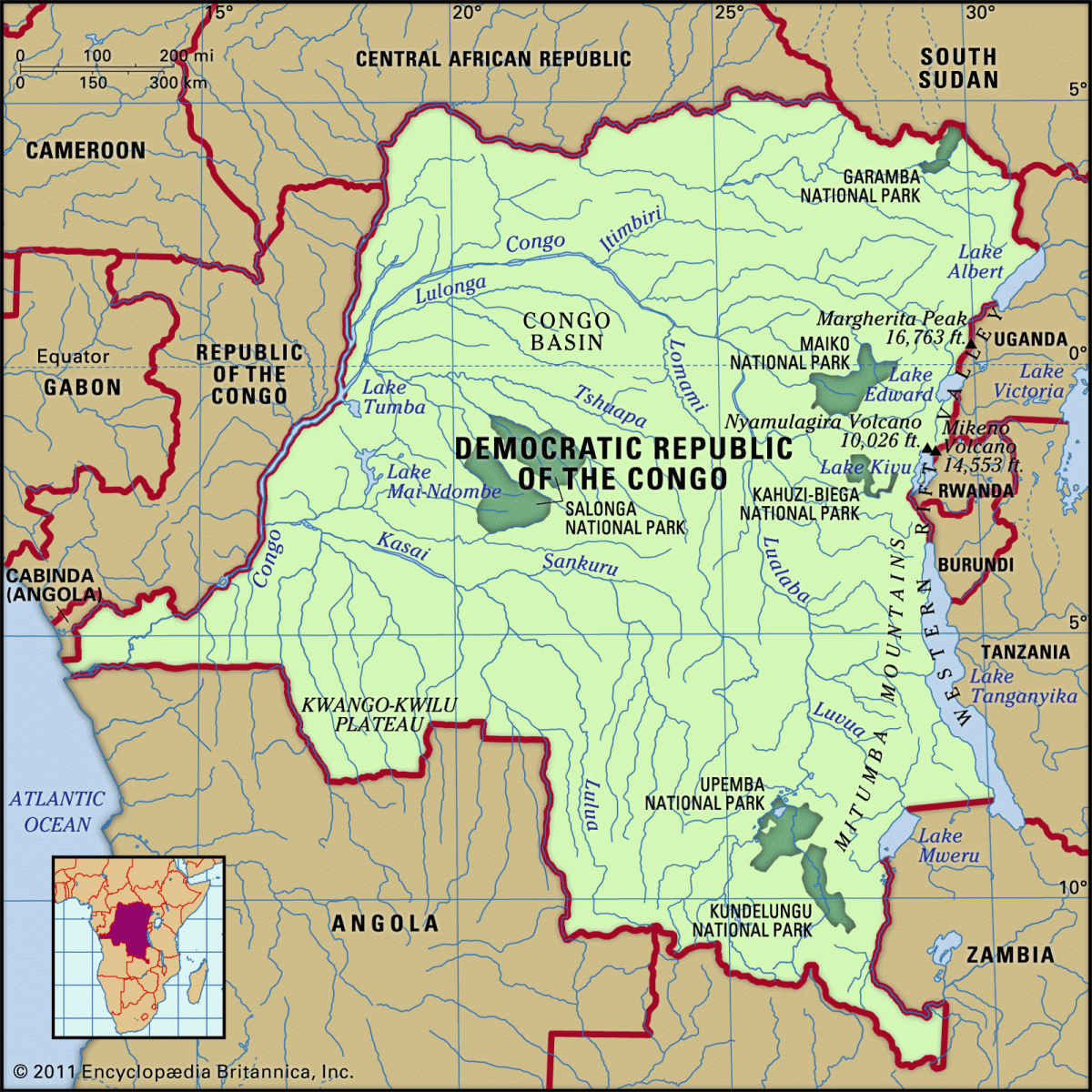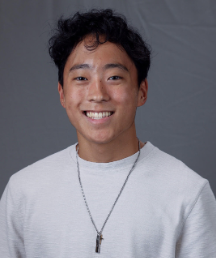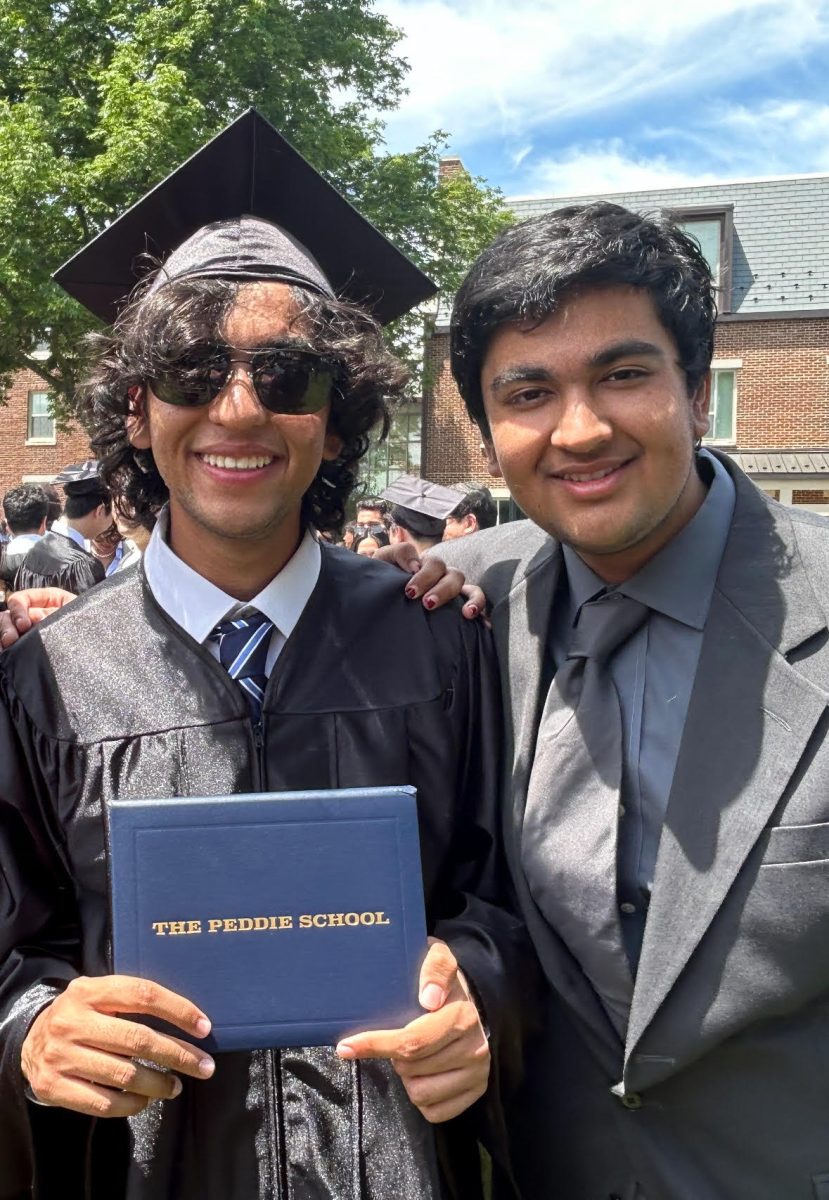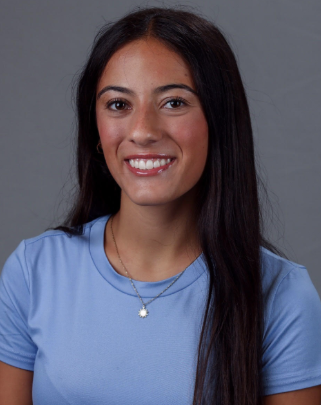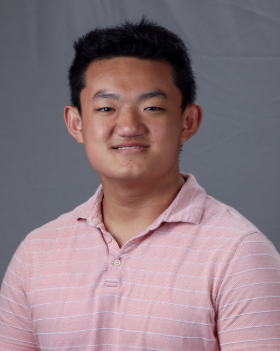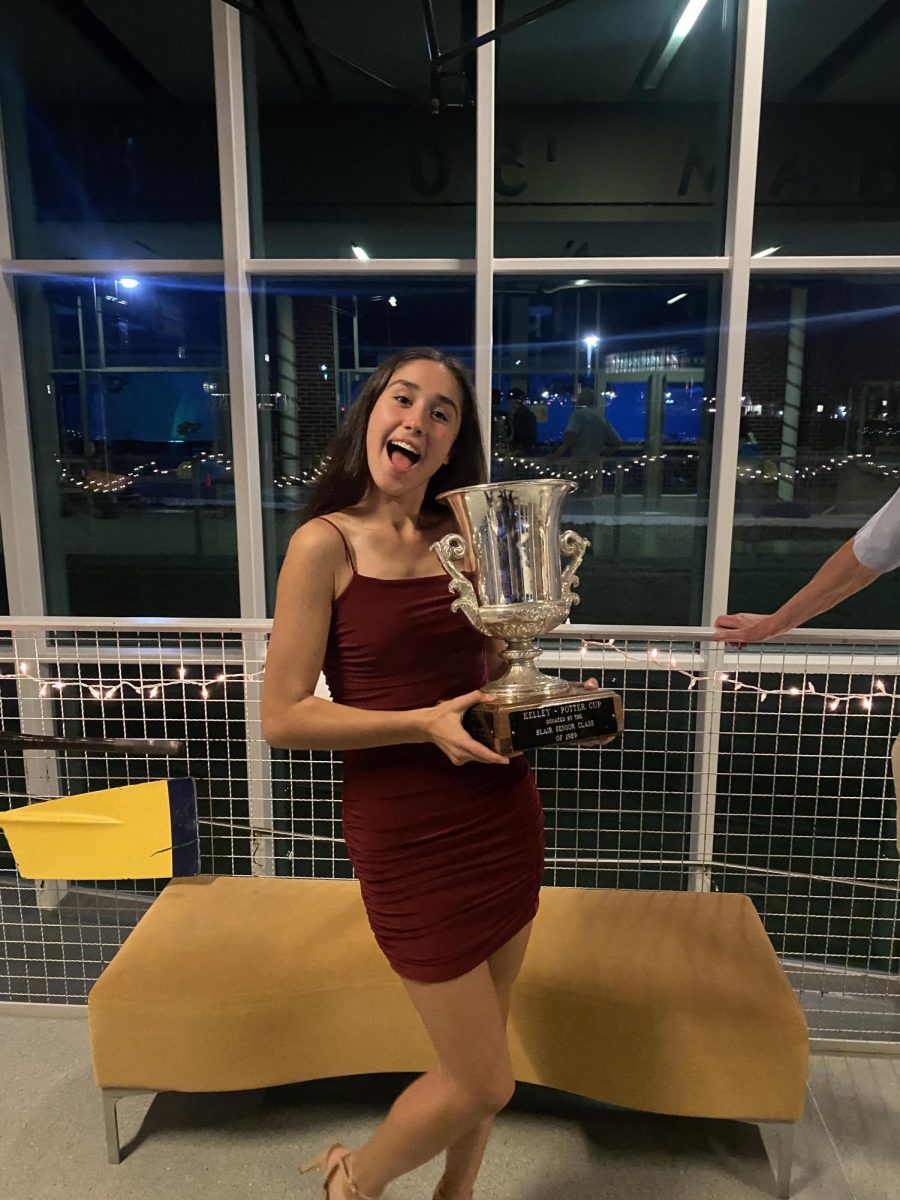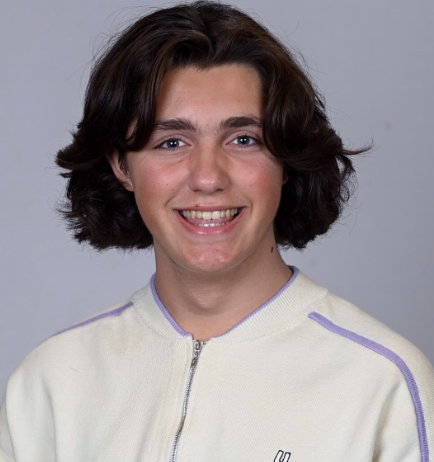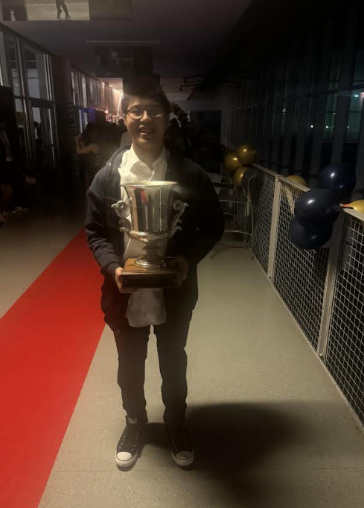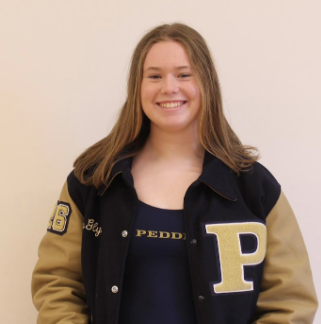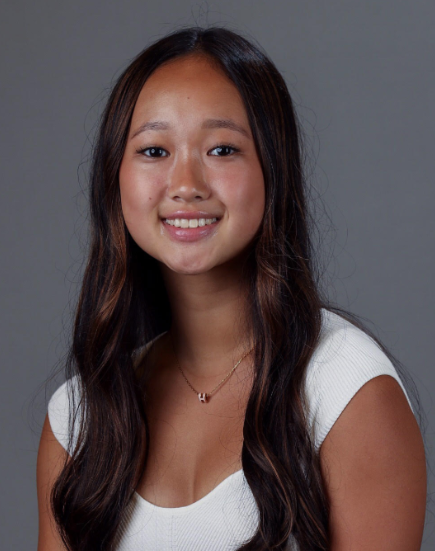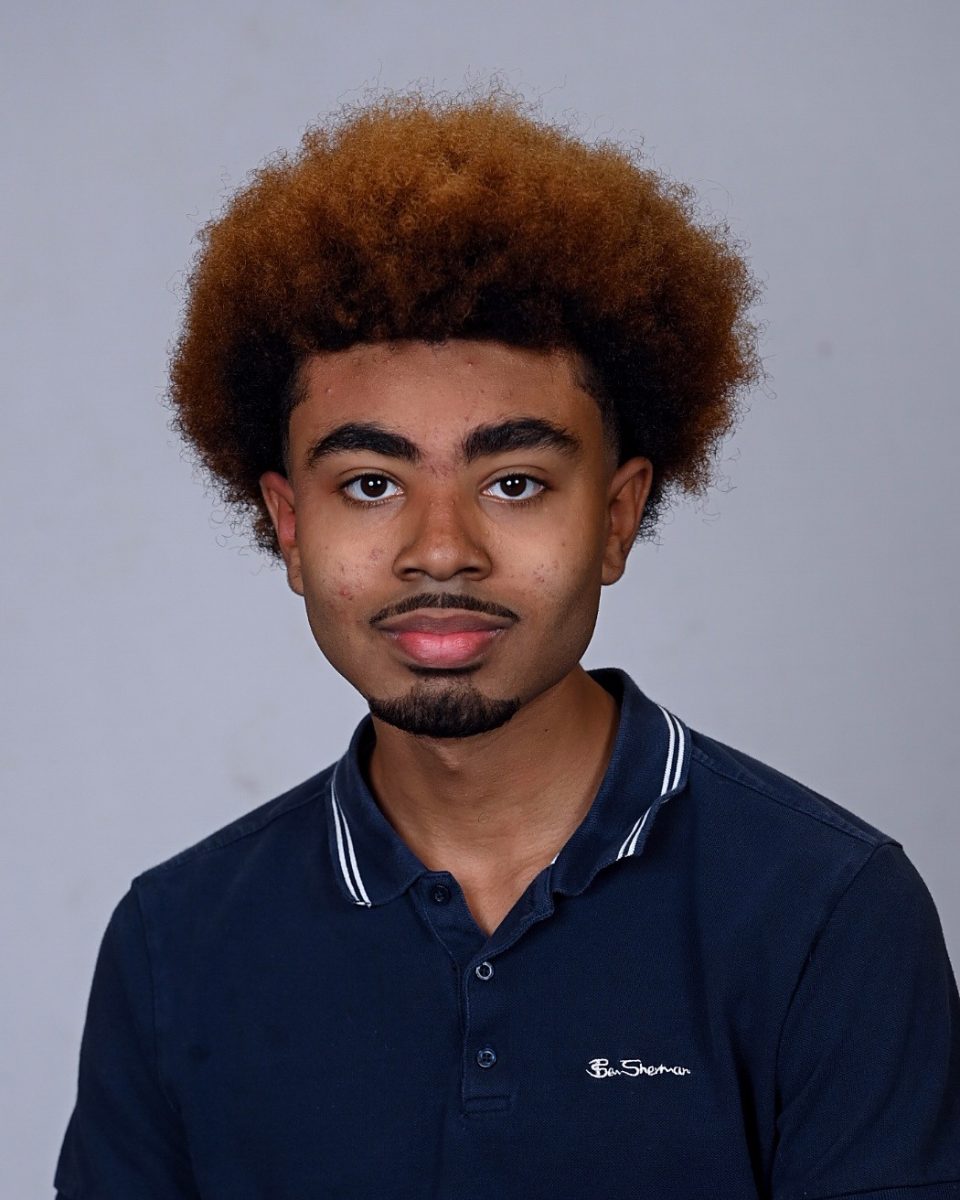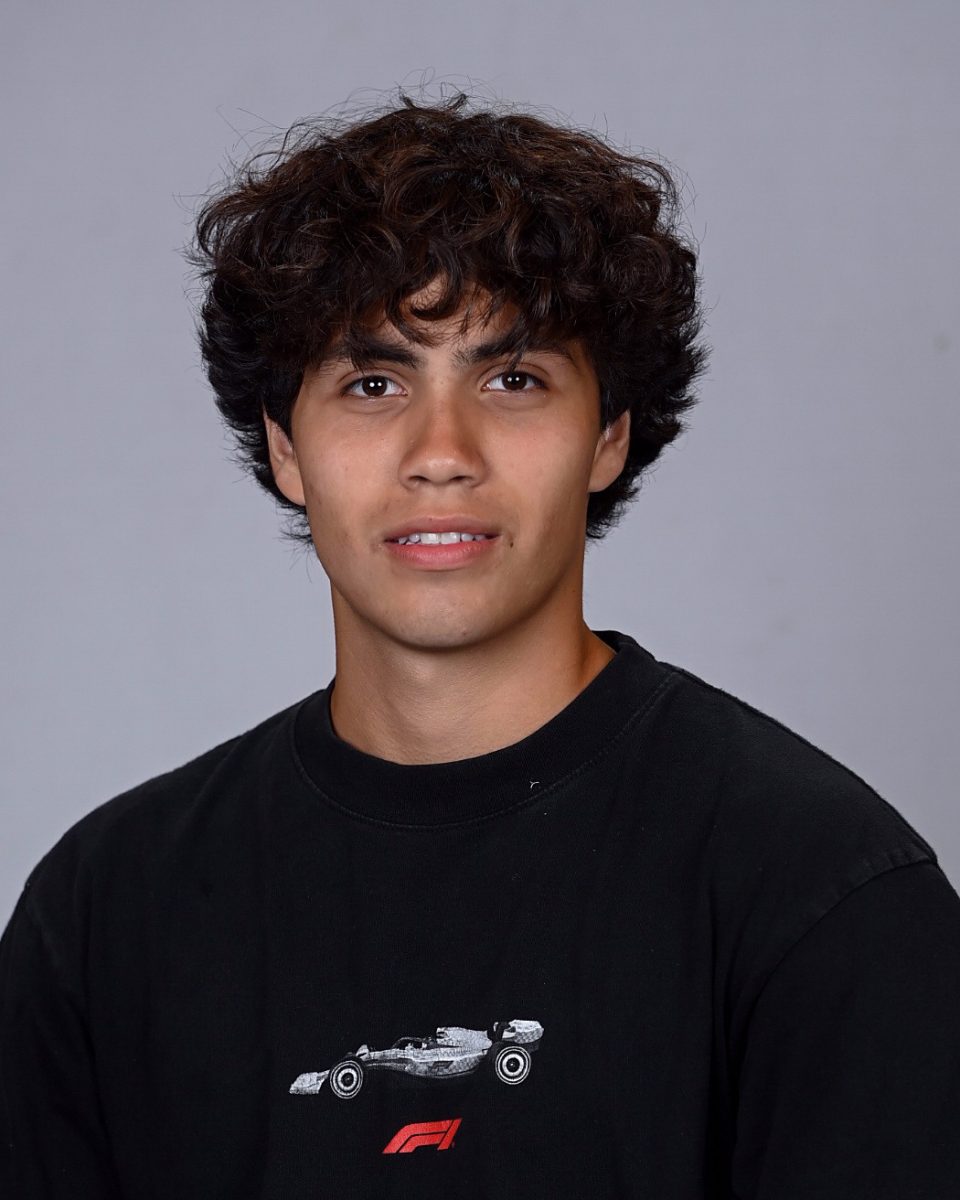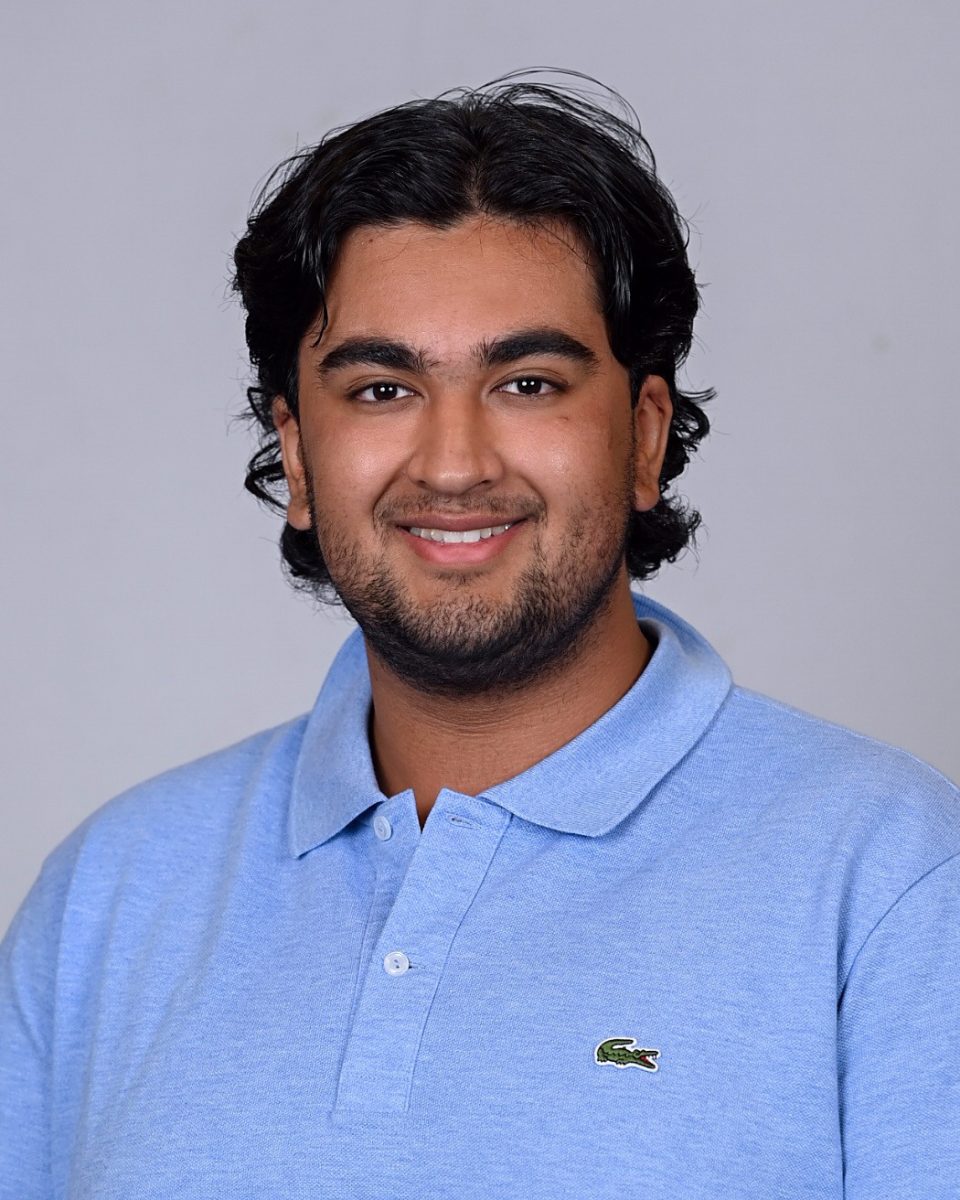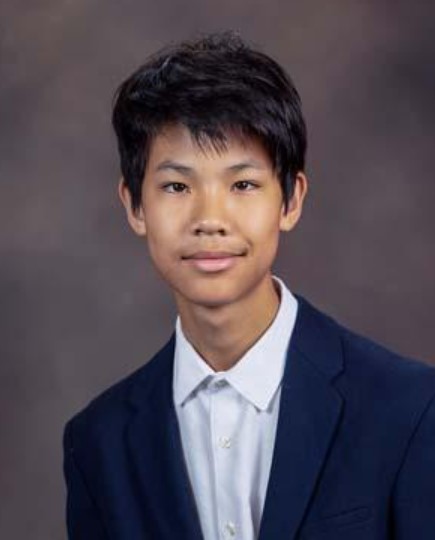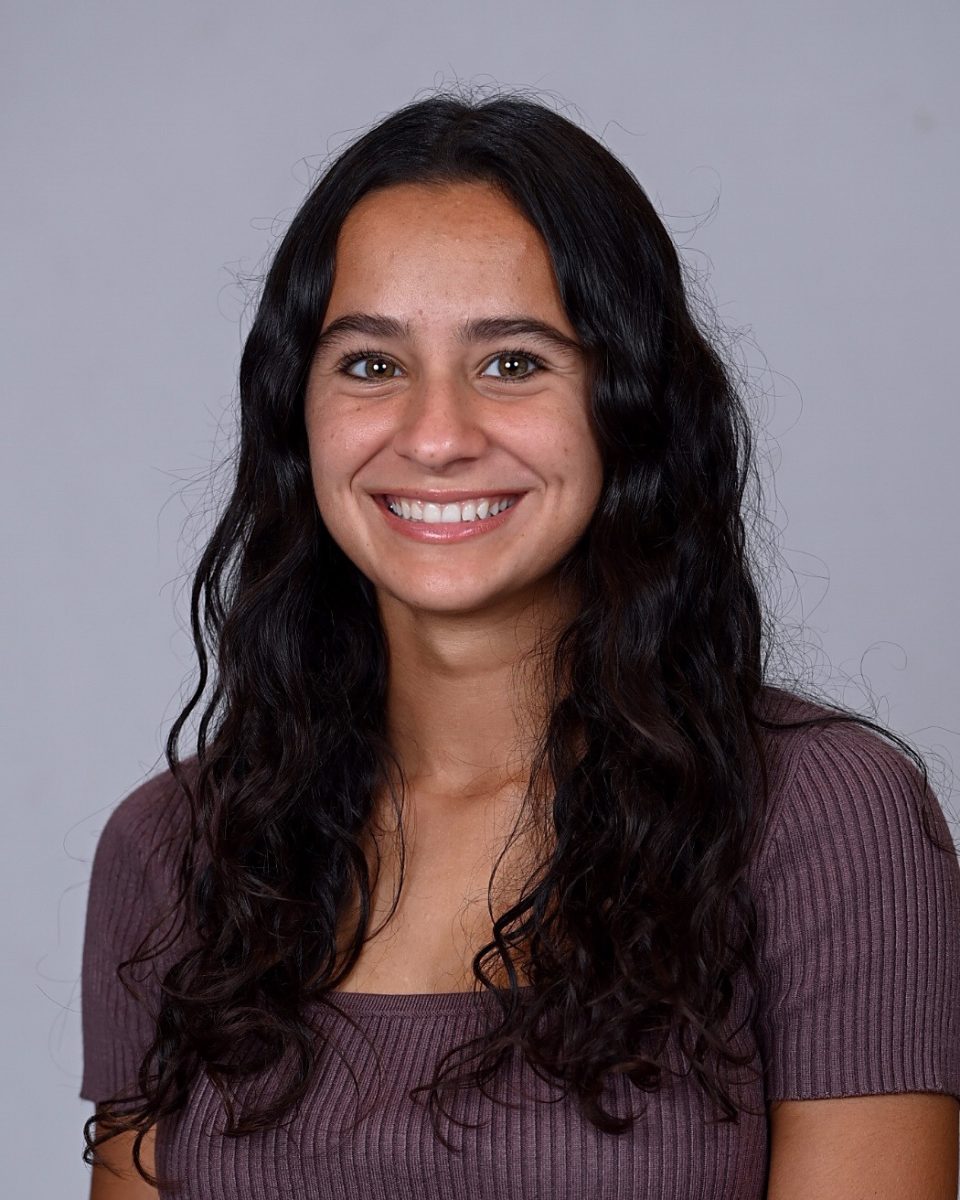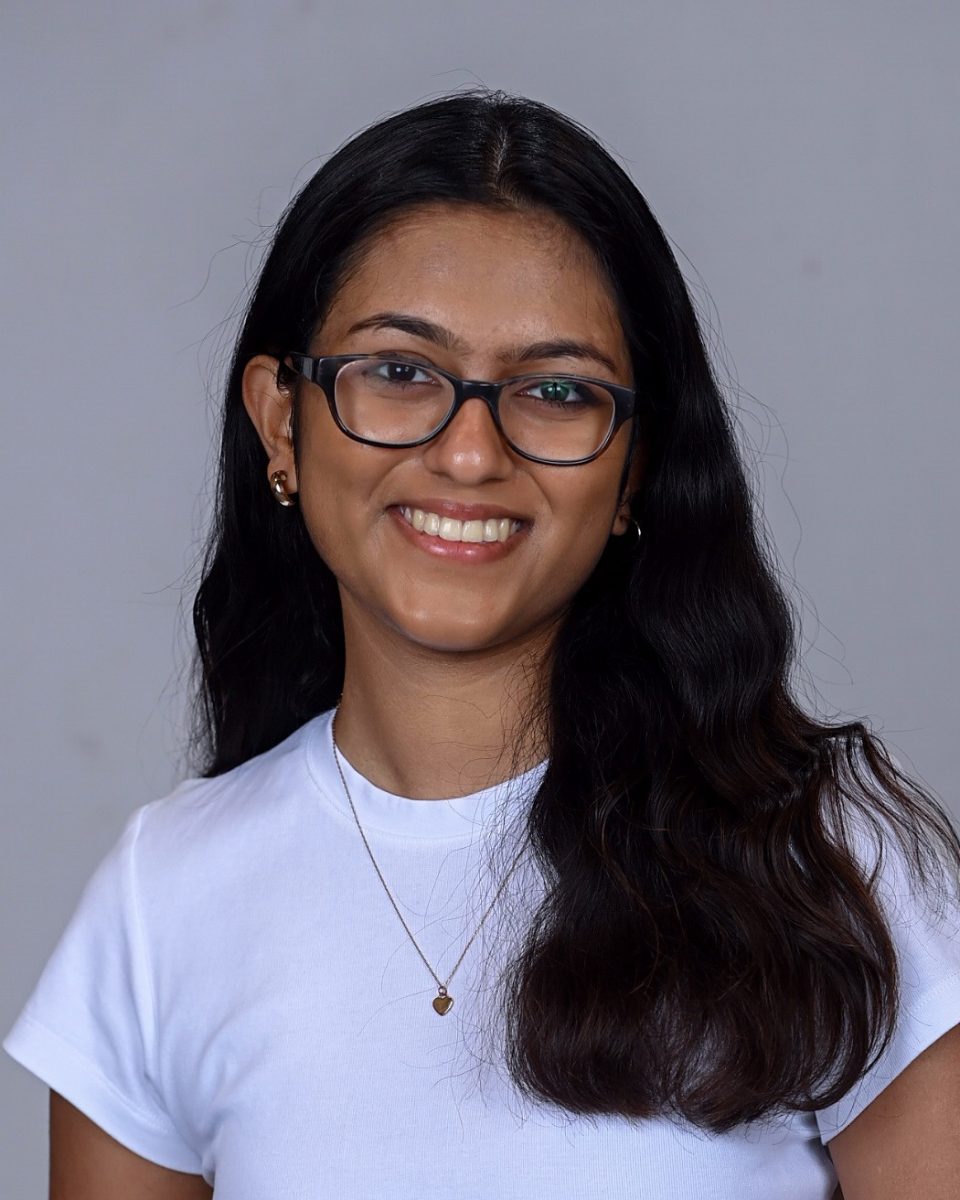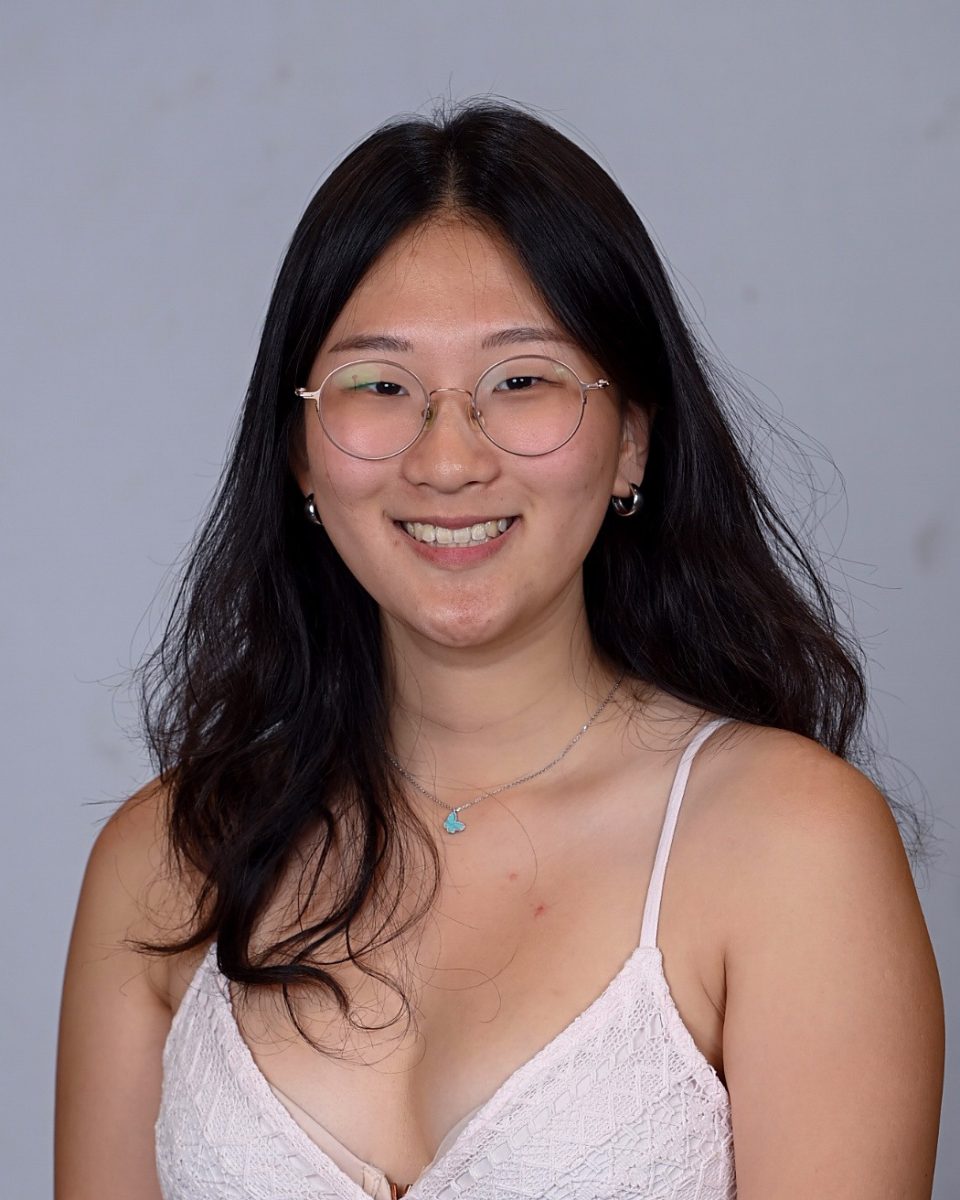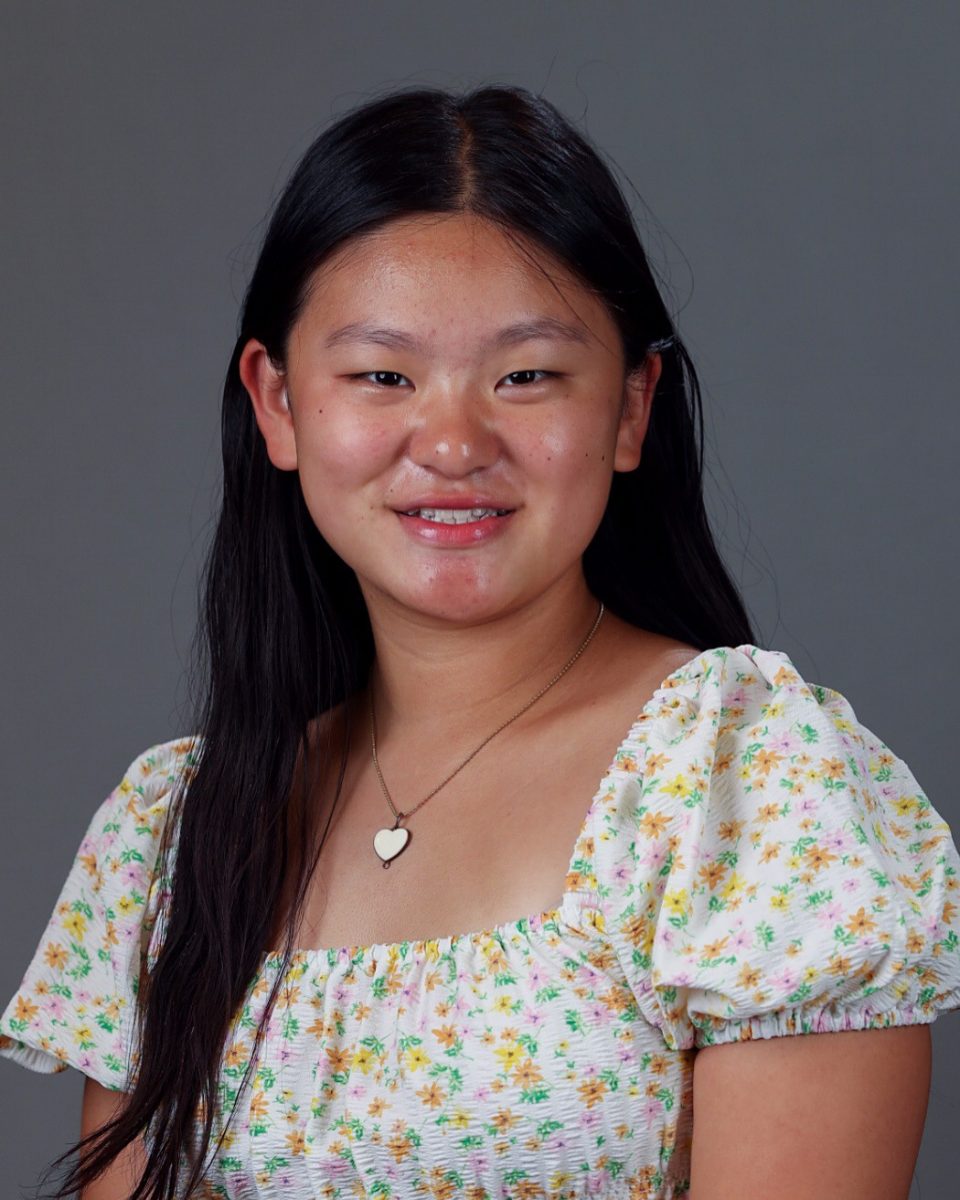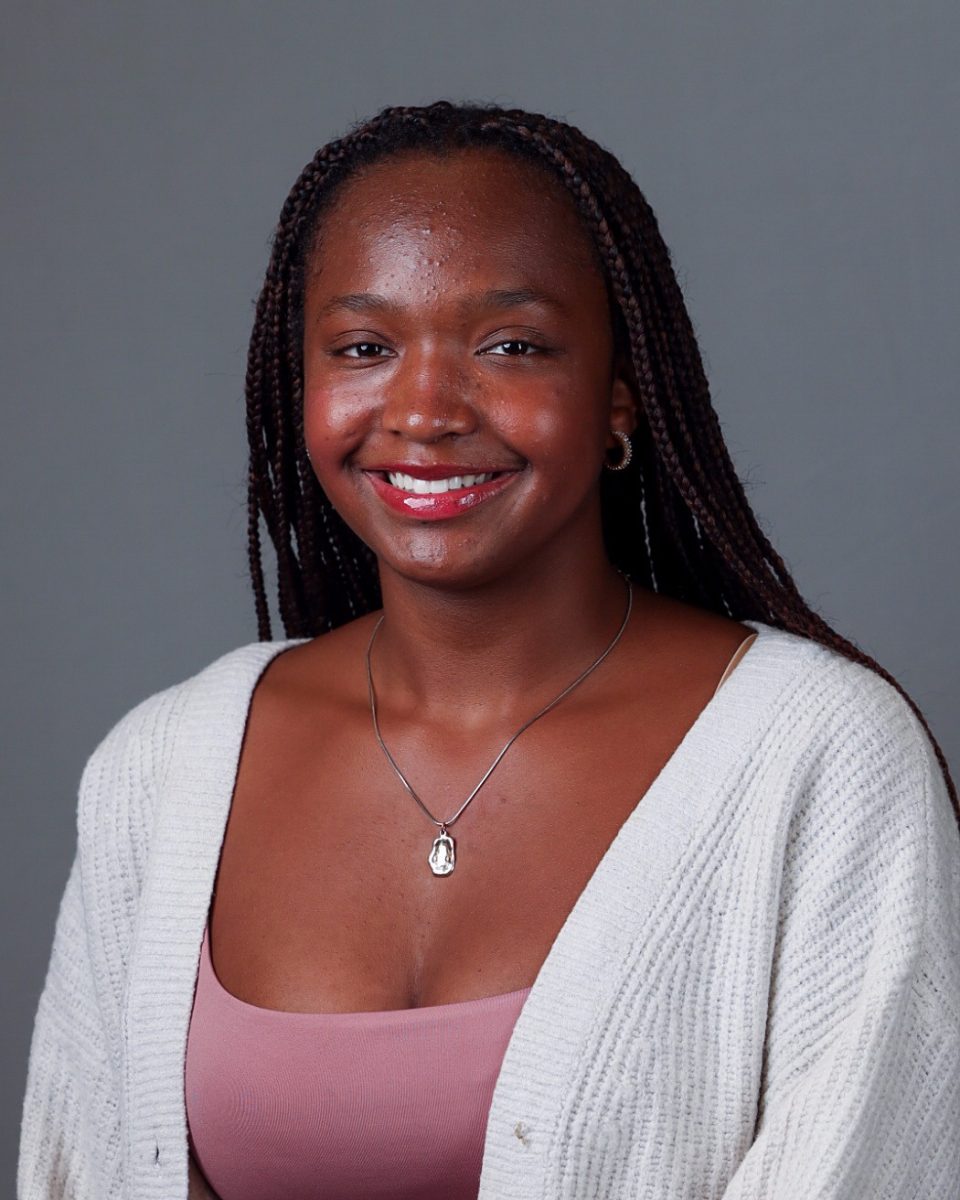Mariboe Gallery Exhibit: Veil Decoded
December 18, 2015
Isabella de la Houssaye, former Wall Street lawyer and curator, opened the art show, “Veil Decoded”, in the Mariboe Gallery on Dec. 14. The show displayed different kinds of veils and gowns worn in 19th century Central Asia, North Africa and the Middle East.
A veil is an article of clothing that hangs from the head and covers a region of the body, most commonly the face. The diversity of the styles of veils displayed in the showing gave students an insight to the stories of the people from different regions of the world. The collection focused on traditional clothing from the nomadic tribes of the Arabian Peninsula, the Tueregs and Berbers of North Africa, the Bedouin of Sinai and other tribal groups in Central Asia.
The women who are required to wear these veils on a daily basis because of their culture become heavily dependent on the veils to provide a sense of security and protection. These women feel as if they are stripped from safety upon the absence of their veils. Veiling also raises questions of oppression on women and religious controversy. Veils played an important role in marriage, and the negotiated dowry of the women were attached to their veils; either on their heads or their chests.
The characteristic styles of veils not only identified the region where the veil was used, but gave identity to people by representing social status, marital status and other features as well. Traditional dresses also portrayed people’s stature in society; affluent men in Central Asia wore multiple layers of flamboyant gowns to display their wealth and fortune.
“My main goal is to spread cultural knowledge and make it easier to understand people. I try to introduce people to touch and feel the different materials from different cultures,” de la Houssaye said.
This exhibition was organized by Andrew Harrison, Director of Mariboe Gallery and one of the Arts Department teachers, and gave both art and history students an opportunity to interact with their studies.
Brad Nicholson, history teacher and coordinator of Asian Studies program, said “Islam in India is split between extremely liberal versions of Islam and extremely conservative versions, and this plays out in the way they dress, so it was really helpful to see some of the veiling traditions from other places and realize that this was cultural long before it was religious.”
Students were captivated by the beauty and intricacy of the veils and traditional dresses that were displayed.
Student of Asian Studies and Modern India, Cailin Brown ’17, said “[The exhibit] was very insightful. It led Peddie students to learn more about the global diversity of cultures. As a student of Modern India, I was incited to learn more about India as a country and learned more cultures of the different ethnic groups in India.”
Students were chosen to model the veils.
Modeling was an interesting experience, and I perceived everything differently. I can’t imagine wearing [the veils] all the time. I felt hidden and oppressed, as if I was an outsider,” Brown said.



